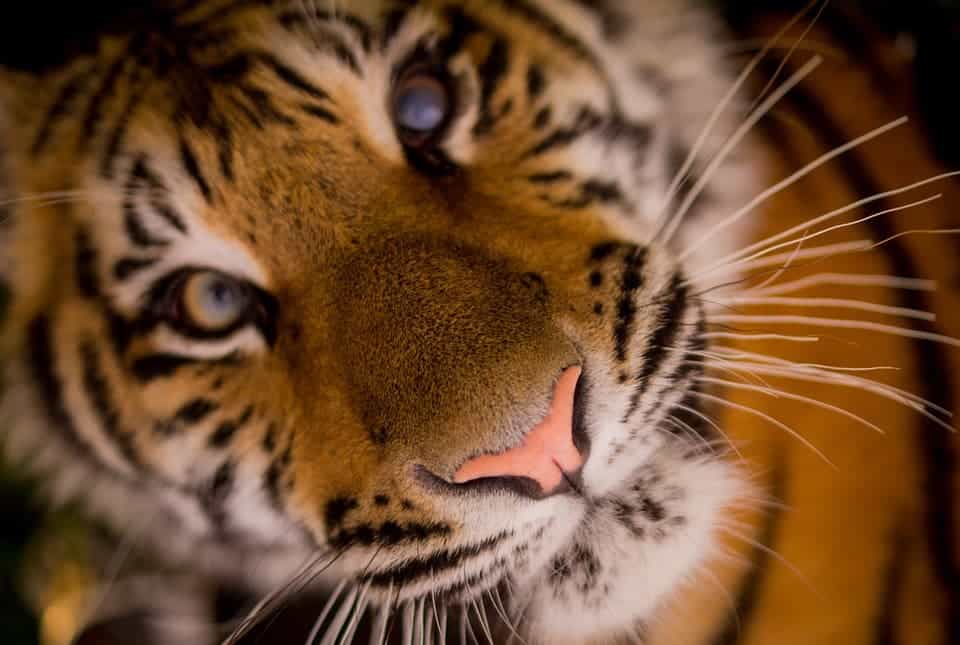We’ve spent most of our history as a species driving back predators from their home territories and settling in. New research suggests that maybe it’s time we did the reverse, identifying over 280 areas where it would be beneficial to do so.
A global analysis of former carnivore ranges, the abundance of prey, and human population densities performed by researchers in the College of Forestry at the Oregon State University has revealed areas where ‘rewilding’ — the reintroduction of wild species — has the highest chances of success and would be able to provide the most benefits. The actual steps to be taken towards this goal will need to be carefully tailored to each location, says lead author Christopher Wolf.
Carnivores everywhere
“We wanted to examine the potential for reintroductions globally, not just at a few sites,” he adds.
Working together with distinguished professor of forest ecology William Ripple, Wolf drew on data from the International Union for the Conservation of Nature for the study. They worked estimations of former carnivore ranges, records of present-day human activity, locations of present nature reserves, as well as maps showing areas of wilderness and those with various levels of human impact.
They focused on 25 land carnivores, including species such as wolves, lions, and tigers, but also less-known species such as the Eurasian lynx, the sun bear, and the Sunda clouded leopard. For each species, they looked at the extent of humanity’s footprint in areas that used to be part of their range but have since been taken over by us — areas they christened “lost range”.
They honed in on areas where human footprint was the least pronounced and then identified regions where the presence of carnivores would be compatible with human presence and provide ecological or biodiversity benefits.
“It’s ironic, that many of these large carnivore species are moving closer to extinction, while at the same time scientists are discovering their important effects on ecosystems,” Ripple says.
“Large predators can limit herbivores, such as deer and elk, which can cause drastic changes through heavy browsing on shrubs, trees and other vegetation.”
In these areas, carnivores should be likely to encounter prey, corridors to travel through safe from human activity, and pose low risks for agriculture, livestock, transportation, and other aspects of human activity. For each of the species included in the study, the team identified the six largest protected areas within the species’ former ranges that fully satisfy their habitat needs. Such areas — like the Olympic National Park in Washington, USA — could act as rewilding centers for the surrounding areas. It’s a win for us, too — for example, in the Everglades, the team notes that species such as the red wolf, which dines on snakes and their eggs, could be valuable resources in controlling invasive species, such as the Burmese python, free of cost.
The single largest danger to these animals’ success is human activity, meaning the support of local communities would be critical to the success of rewilding efforts.
“We don’t want to put the animals back in where the same problems that caused their extirpation will occur again,” said Wolf. “The social and economic implications and what local people think about reintroductions are important. It’s not just a scientific question.”
“There are a lot of reasons to be interested in large carnivores,” he added. “In addition to the effects on biodiversity, reintroductions can have benefits for ecotourism. For example, the reintroduction of the gray wolf in Yellowstone has led to an estimated $35.5 million in additional annual revenue from tourists who want to see wolves.”
But at the end of the day, people chased carnivores off for very pragmatic reasons, such as the expansion of grazing areas for livestock, hunting carnivores and their prey for meat, or poaching. All these reasons still stand. However, the context we find ourselves in is different than that of previous generations — in most cases they examined, the team noted that rewilding of large carnivores is the only way to maintain ecosystem stability. It could also be our last chance to avoid total extinction of these species in the future.
The paper “Rewilding the World’s Large Carnivores” has been published in the journal Royal Society Open Science.










